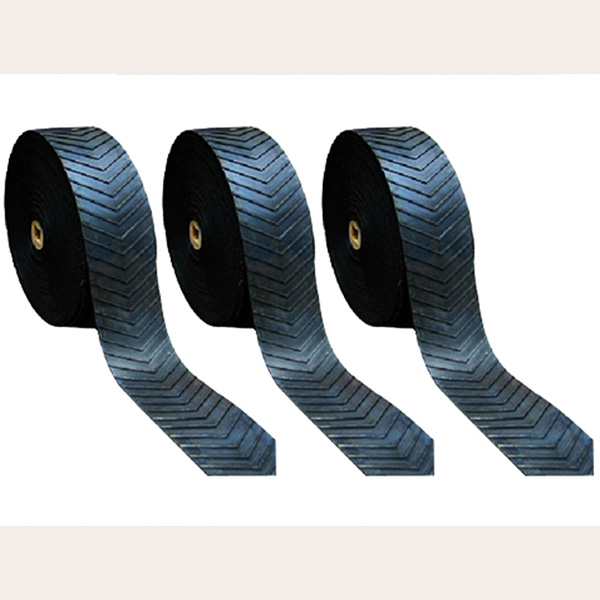
The conveyor belt is the main part of the belt conveyor, which plays the role of carrying materials. It is widely used in steel, coal, alloy, chemical, building materials, grain and other industries. Compared with its transportation mode, using a conveyor belt as a transportation carrier has the advantages of safe operation, convenient use, easy maintenance, low freight, continuous continuity, and shortened transportation distance. It has become a substitute for road and rail transportation to a certain extent. This kind of conveyor belt is suitable for conveying block, granular and powdery materials without special corrosion at room temperature under normal conditions.
Maintenance of conveyor belt
1. During transportation and storage, the conveyor belt should be kept clean to avoid direct sunlight or rain and snow, prevent contact with acids, alkalis, oils, organic solvents and other substances, and be one meter away from the heating device.
2. During storage, the temperature of the warehouse should be kept between 18-40 ℃, and the relative humidity should be kept between 50-80%.
3. During the storage period, the conveyor belt must be placed in rolls, and must not be folded. During the storage period, it should be turned over once a quarter.
4. Conveyor belts of different types and specifications should not be used together, and their joints should preferably be glued.
Instructions for the use of the conveyor belt: ① Avoid the idler roller being covered by the material, causing the rotation to fail, to prevent the leakage of the material from being stuck between the roller and the conveyor belt, pay attention to the lubrication of the moving parts, but do not contaminate the conveyor belt.
The conveyor belt is the main component of the belt conveyor, which plays the role of carrying materials. It is widely used in metallurgy, building materials, docks, mining and other industries.
Compared with other transportation methods, the use of conveyor belts as a transportation carrier has the advantages of safe operation, convenient use, easy maintenance, low freight, continuity, and shortened transportation distance. It has become a substitute for road and rail transportation to a certain extent.
 English
English 简体中文
简体中文 Español
Español عرب
عرب
 English
English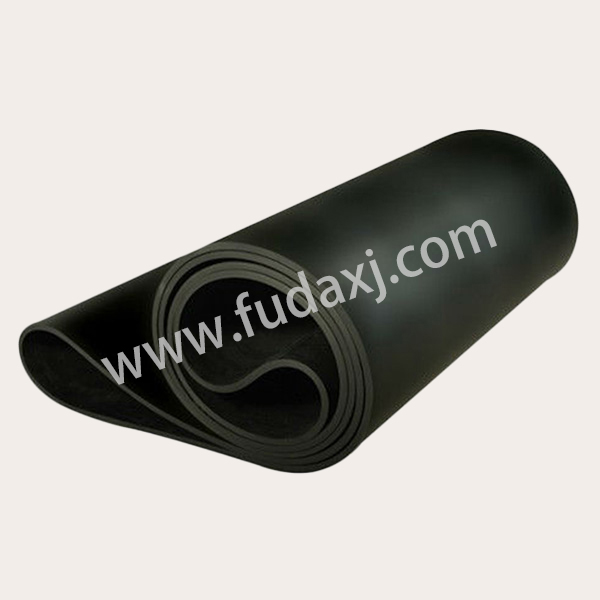

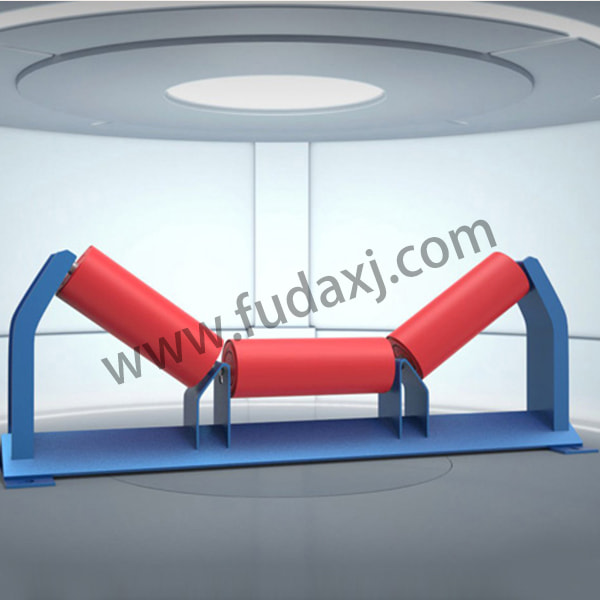
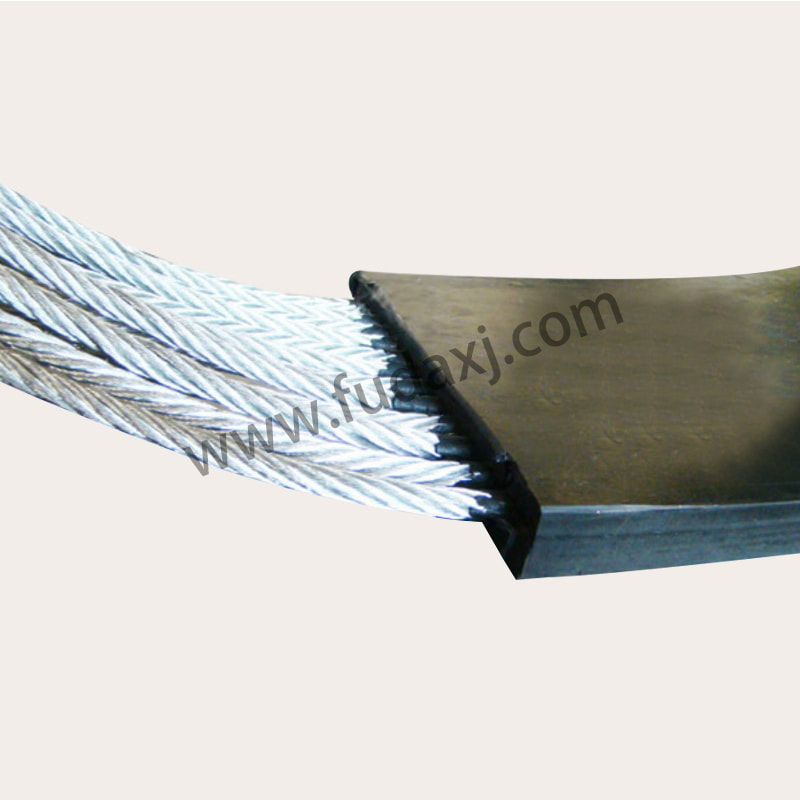
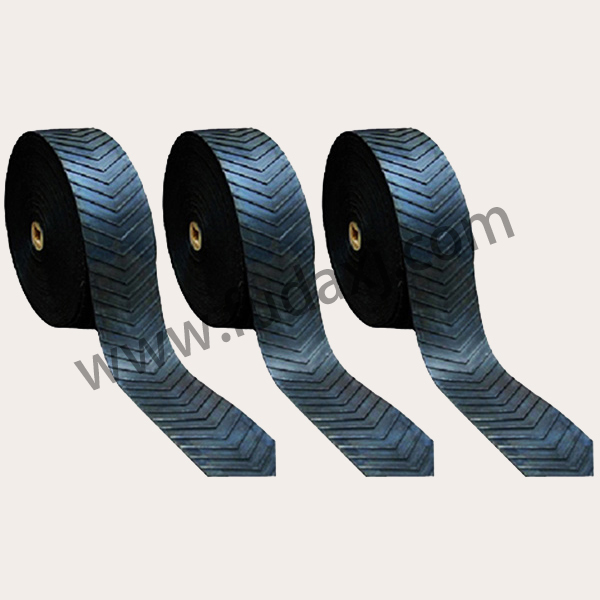
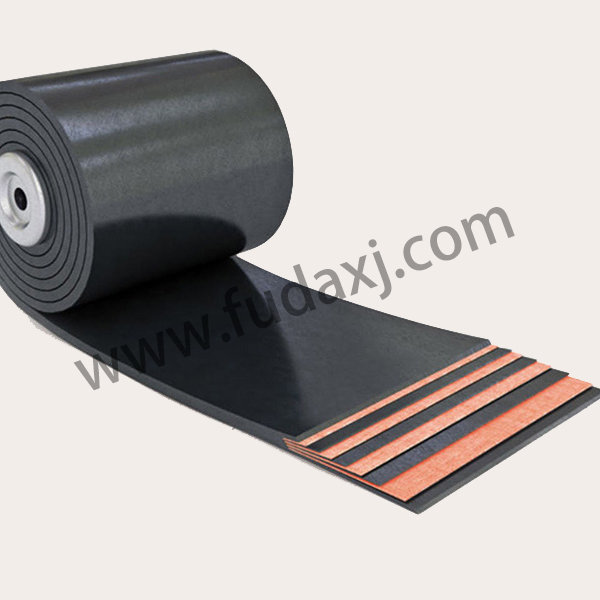
 Fax: 0086-576-83019528
Fax: 0086-576-83019528